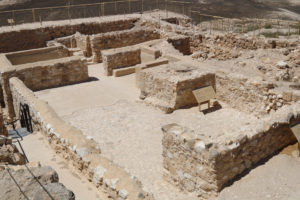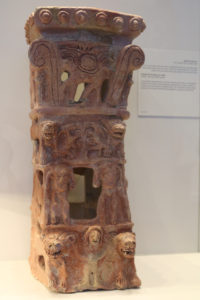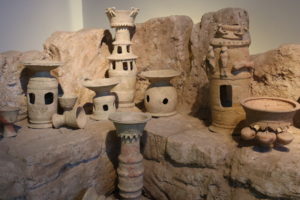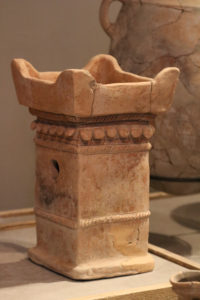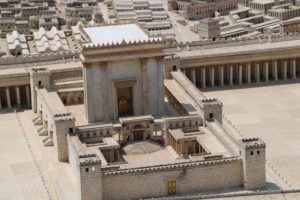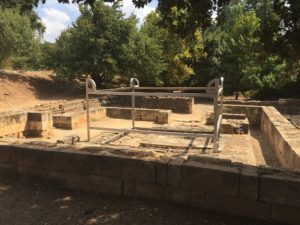Syllabi:
Sacrifice: From Moses to the Modern Era Syllabus (Fall 2018, NYU) (Note: Linked PDFs will only work for NYU students.)
Sacrifice: From Moses to the Modern Era (Spring 2024, Princeton)
When we think of sacrifice, we tend to think of someone giving (of) themselves for the sake of a larger entity, such as family or country. This understanding of sacrifice has had an enormous influence on history and religion. Yet, sacrifice used to mean something very different. For thousands of years before the common era (also known as B.C.), sacrifice often took place at temples and shrines, and involved the offering of animals, produce, and precious metals to the gods. The origins of sacrifice are difficult to trace, but that did not stop writers and thinkers in the ancient world from trying to explain where this practice came from and why it was necessary in the first place.
At the heart of this course is an exploration of the idea of sacrifice—where it came from, how it was practiced and by whom, what it meant, and when and why this concept began to change into something resembling what we think of as sacrifice today. This course is designed to be an interdisciplinary introduction to the idea of sacrifice in the ancient world, and will examine the idea of sacrifice in literature, history, archaeology, and theology. While the majority of this course will focus on ancient Israelite material, it will also address ancient Near Eastern and Greek material from the second and first millennia BCE, as well as early Christian and Jewish materials from the first centuries of the Common Era. At the end of the course, we will look at sacrifice in the modern world, and trace the ways in which these expressions of the idea of sacrifice relate to the practice of sacrifice in the ancient world.

